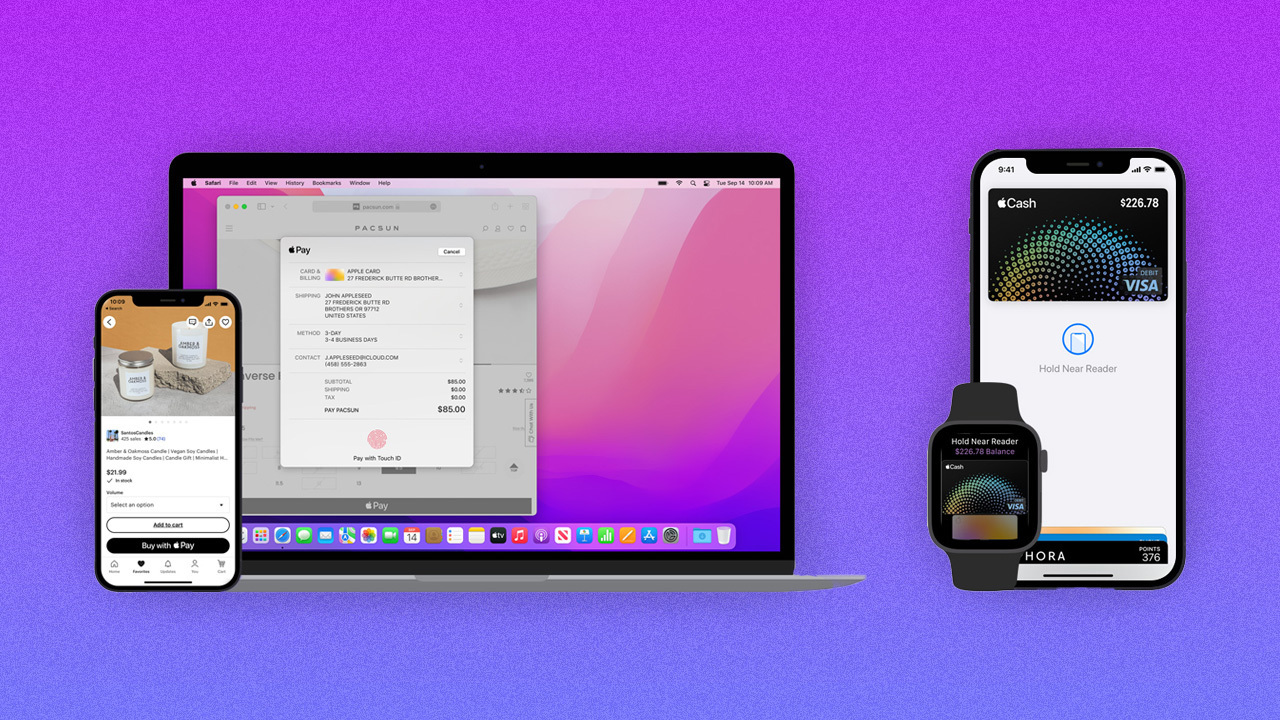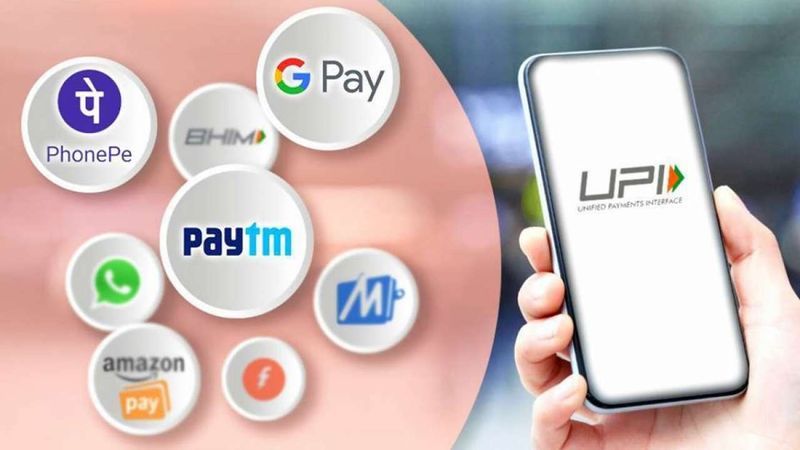Apple Pay is a convenient, secure and private way to make payments in stores, apps and on the web. It utilizes Near Field Communication (NFC) technology to allow users to make secure purchases just by holding their iPhone or Apple Watch near a contactless reader.
But before you can use Apple Pay, you need to set it up first. This article will guide you through the steps to find and enable Apple Pay on your iPhone. We’ll also provide tips to use Apple Pay safely and look at frequently asked questions about its availability and use.

Set up Apple Pay on your iPhone
Here is how to find and set up Apple Pay on your iPhone:
Requirements
To use Apple Pay, you need:
- An iPhone 6 or later model
- iOS 8.1 or later
- Touch ID or Face ID enabled on your iPhone
Your iPhone must have NFC technology to use Apple Pay. Older models like the iPhone 5s and below do not support Apple Pay.
Add a supported card
- Open the Wallet app on your iPhone. This is where you manage Apple Pay.
- Tap the “+” icon in the top-right.
- Use your iPhone camera to scan your card or enter the details manually.
- Follow the prompts to enter any additional information required by your card issuer. This may include CVV numbers or answering security questions.
- Read and agree to the terms provided. Your card is now added to Apple Pay.
Most major credit, debit and prepaid cards from top issuers are supported. Contact your card provider if you are unsure.
Set up other details
You can customize how Apple Pay works by going to Settings > Wallet & Apple Pay on your iPhone. Here you can:
- Set your default card for payments
- Edit your card details
- Change your shipping address
- Manage express transit cards
- Remove cards
Double check that all your personal and card details are accurate.
Enable contactless payments
The final step is to ensure NFC payments are enabled:
- Go to Settings > Wallet & Apple Pay.
- Make sure the ‘Enable Payments’ switch is turned on.
Once complete, you’re all set to start using Apple Pay!
Using Apple Pay in stores
Using Apple Pay to make purchases in retail stores is very quick and convenient:
- When you reach the payment terminal, look for the Apple Pay or contactless payment symbol.
- Wake your iPhone and authenticate with Face ID, Touch ID or passcode.
- Hold the top of your iPhone about an inch away from the payment terminal until you feel a vibration and hear a beep. The transaction is now complete!
- You may also be asked to enter your postcode for additional verification. Simply enter it on the keypad.
- For purchases over a certain amount, merchants may require you to provide a signature or enter your PIN as an additional security measure. Follow the prompts on the payment terminal.
Always keep your iPhone safe and only authenticate payments with biometrics or passcodes that only you know. Never hand your unlocked device to the cashier.
Paying in apps and websites
You can also use Apple Pay conveniently and securely within apps and websites.
Here’s how to pay with Apple Pay in apps:
- When checking out, look for the Apple Pay payment option. This is usually indicated by the Apple Pay logo.
- Authenticate with Touch ID or Face ID.
- Confirm payment details and agreements.
- Your default card will be charged and payment is complete!
To pay on the web using Safari:
- Proceed to checkout on the website.
- Click on the Pay or Apple Pay option.
- Use Touch ID or Face ID to authenticate if prompted.
- Confirm payment and agreements.
- Payment will be processed using your default card.
Look for the Apple Pay logo or Pay symbol at checkout to pay quickly and securely.

Apple Pay security features
Apple Pay utilizes advanced security technologies to keep your payments private and secure:
- Secure Element: Payment details are stored on a dedicated chip with built-in encryption. This keeps your card number and identity safe.
- Tokenization: Your actual card number is never shared with merchants. Instead, a unique digital token is used to process transactions.
- NFC: Contactless transactions can only be made at close proximity to the terminal, making it more secure than traditional card swiping.
- Biometric authentication: Apple Pay requires verification through Face ID or Touch ID before each transaction.
- Encrypted data: All payment information transmitted during transactions is encrypted.
As long as you safeguard your iPhone and biometrics, Apple Pay provides convenience without compromising security.
Tips for using Apple Pay
Here are some useful tips to help you get the best experience when using Apple Pay:
- Set your most frequently used card as the default for quicker checkout.
- Add cards from different banks to alternate between personal and business expenses.
- Use Apple Pay on your Apple Watch to make payments right from your wrist!
- Double click the home or side button to bring up your default card when your iPhone is locked.
- Check for contactless acceptance logos at store entrances and payment terminals.
- Make sure NFC is enabled under Settings if transactions are failing.
- Keep your software updated to the latest iOS version for new Apple Pay features and security fixes.
- Report lost or stolen devices immediately using Find My iPhone. You can also suspend Apple Pay payments temporarily.
- Use strong passcodes and limit Apple Pay access when lending your iPhone to others.
Following these tips will help you master Apple Pay and use it as an easy, secure payments option.
Where is Apple Pay available?
Apple Pay is accepted in many countries across stores, apps, websites and public transport systems where contactless payments are supported.
Here are some of the major markets where Apple Pay is available:
- Australia
- Canada
- Mainland China
- Hong Kong
- France
- Germany
- Japan
- New Zealand
- Poland
- Singapore
- Spain
- Switzerland
- Taiwan
- United Kingdom
- United States
The full list is growing as more banks and merchants adopt Apple Pay. Contact your local stores and banks to see if they accept Apple Pay in your region.
Apple is also expanding to more transit systems. You can pay for travel on transport networks like the London Underground, Beijing Subway and Japan Rail with just your iPhone.
Key Takeaways
- Apple Pay allows users to make NFC contactless payments using iPhones, Apple Watches and other Apple devices.
- To set up, add a supported credit, debit or prepaid card to the Wallet app and enable payments with Touch ID/Face ID.
- Transactions are quick, convenient and highly secure thanks to features like tokenization and biometric authentication.
- Users can make purchases in stores, apps, websites and transit systems in many countries.
- Keeping software updated, using strong passcodes and reporting lost devices helps maintain security.
- Checking for contactless logos, adding cards from different banks and using Apple Pay on paired devices makes usage seamless.
Conclusion
Apple Pay makes the entire payments process fast, smooth and secure for iPhone users. Its availability across many major retailers globally also continues to grow. By following the steps to find Apple Pay in your Wallet app, adding cards, customizing settings and using the tips provided, you can start benefiting from contactless transactions. So check for Apple Pay compatibility at your local stores and give it a try for your next purchase!
FAQs
Q: What iPhones work with Apple Pay?
A: Apple Pay works on iPhone 6 and newer models with NFC capabilities. Older models like the iPhone 5s and below do not support Apple Pay.
Q: Do I need an internet connection to use Apple Pay?
A: Yes, you need an internet connection for the initial card setup in Wallet. The iPhone must be online to process transactions via Apple Pay as well.
Q: Is Apple Pay better than using a credit card?
A: Apple Pay is more secure than using physical cards as it utilizes tokenization, encryption and biometrics. It is also quicker than swiping or inserting a card for payments.
Q: Can stolen iPhones use Apple Pay?
A: No, you can remotely lock the lost iPhone and suspend Apple Pay payments or remove cards completely using Find My iPhone.
Q: Where can I see my Apple Pay transactions?
A: Apple Pay transactions appear under your card statement as usual. You can also view recent Apple Pay history under each card in the Wallet app.
Q: Do I earn rewards/points when using Apple Pay?
A: Yes, you continue earning applicable credit card rewards, points or cashback when using Apple Pay if supported by your card issuer.
Q: Is Apple Pay free for merchants?
A: Yes, Apple does not charge any fees to merchants for accepting and processing Apple Pay transactions.
Q: How do I reset Apple Pay?
A: To reset, go to Settings > Wallet & Apple Pay > Transfer to New iPhone. This will remove all cards and data from Apple Pay.
Q: Can I use Apple Pay on my Apple Watch without my iPhone?
A: No, you need a paired iPhone in order to use the Apple Pay feature on Apple Watch. The watch must be in close proximity to your iPhone.
Q: Are Apple Pay payments tracked?
A: No detailed transactions data is stored by Apple. However, card issuers can view and track payments like regular card purchases in your statement.
Q: What should I do if Apple Pay is not working?
A: Check that NFC is enabled in settings. Update to the latest iOS version. Contact your bank to confirm card and account are in good standing. Retry transaction.
Q: Is Apple Pay safer than Google Pay?
A: Both Apple Pay and Google Pay utilize tokenization, encryption, biometrics and other security measures to protect payments and user data.
Q: Can I use Apple Pay on my iPad or MacBook?
A: Yes, you can use Apple Pay on supported iPad models with Touch ID and newer MacBooks with Touch ID using the same cards added in your iPhone Wallet.
Q: How do I view and manage Apple Pay cards offline?
A: You need an active internet connection to view, add, remove or manage cards in the Wallet app. Offline management is not possible.
Q: What should I do if my lost iPhone had Apple Pay set up?
A: Immediately suspend or remove Apple Pay cards using Find My iPhone. Also contact your bank to block payments on the missing cards. Report the phone lost/stolen to authorities.
Q: Is Apple Pay going to replace wallets?
A: While Apple Pay is increasingly popular, physical wallets will still be needed to carry other essentials like ID, cash, transit cards that don’t support mobile pay yet.